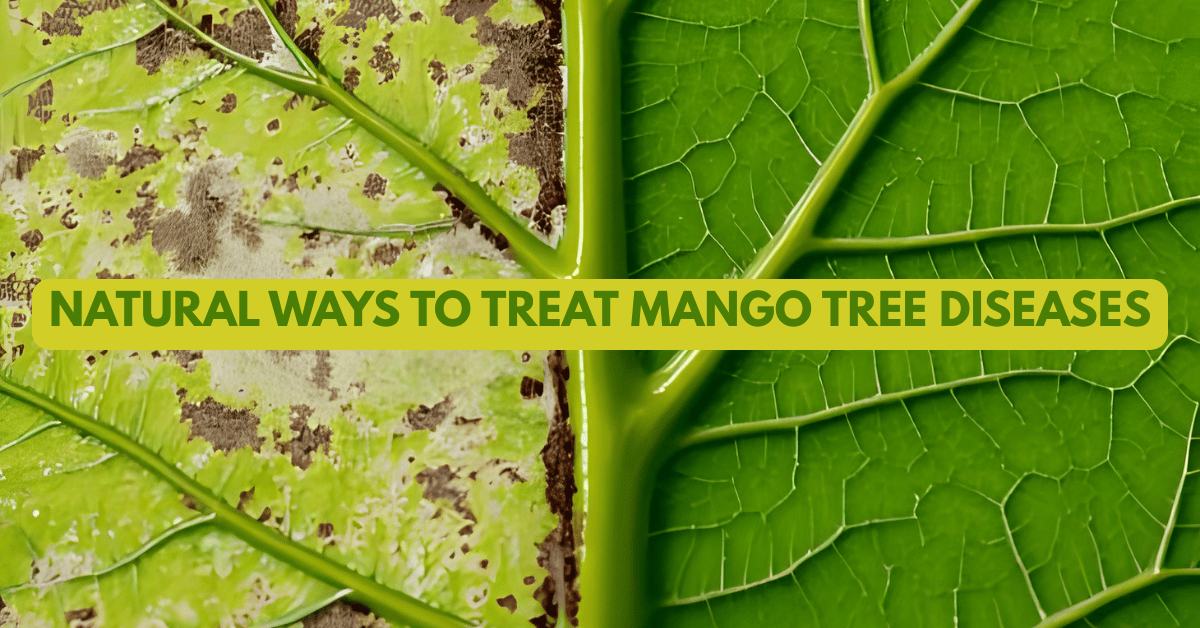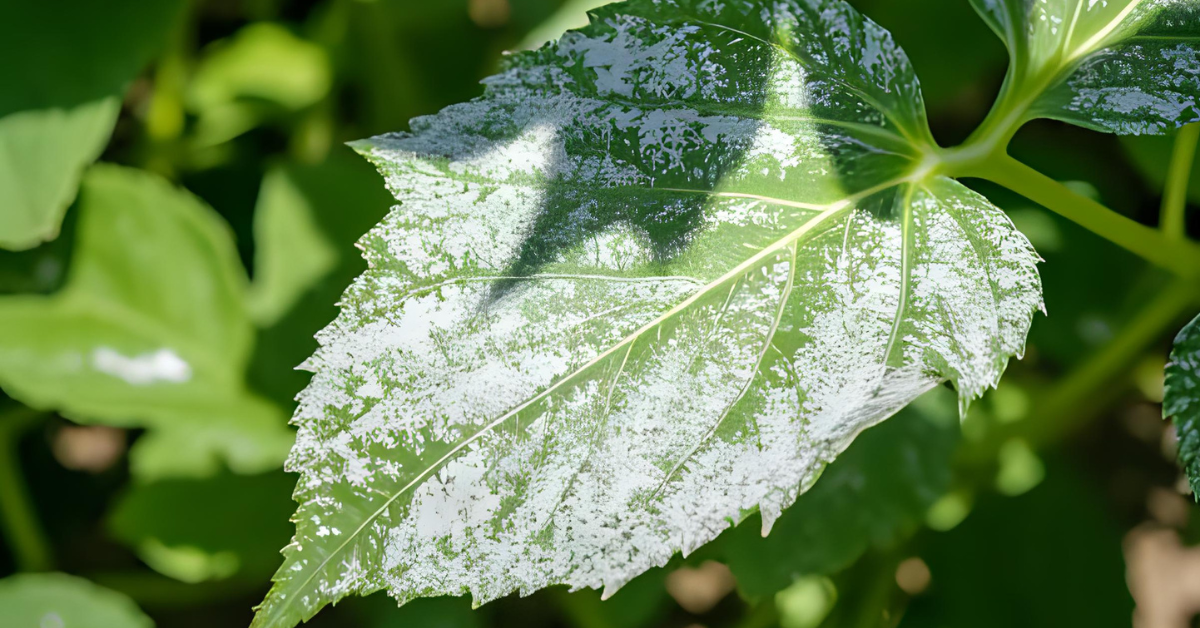Growing your own mango tree can be incredibly rewarding. The lush green canopy, fragrant blossoms, and juicy fruits bring life and sweetness to any garden. However, like all fruit-bearing trees, mango trees are vulnerable to various diseases, especially when not cared for properly. For home gardeners and fruit enthusiasts, identifying early signs of these problems and knowing natural treatment methods can help maintain a healthy, thriving tree.
In this blog, we’ll explore some of the most common mango tree diseases, how to recognize them, and how to treat or prevent them using organic and eco-friendly methods. If you're planning to buy a mango plant online, this guide will prepare you to give your tree the best care right from the start.
1. Powdery Mildew (Oidium mangiferae)
What it looks like:
A white, powdery coating appears on young leaves, flowers, and even tiny fruit. If not addressed, it may cause weak fruit growth or even cause the fruit to fall off entirely.
Natural Treatment:
- Neem Oil Spray:
Prepare a spray by mixing 5 to 10 ml of neem oil with 1 liter of water. Apply it to the affected areas every 7 to 10 days to manage pests and fungal infections naturally. - Baking Soda Solution:
Combine 1 tablespoon of baking soda with 1 teaspoon of gentle, non-detergent liquid soap in 1 liter of water. Spray this blend in the early morning or late evening to prevent any risk of leaf burn caused by sunlight. - Promote Better Airflow:
Trim crowded or excess branches routinely to enhance ventilation throughout the canopy and reduce moisture buildup, which helps prevent fungal growth.
2. Anthracnose (Colletotrichum gloeosporioides)
What it looks like:
Dark brown to black spots on leaves, flowers, and fruit. This disease tends to spread in moist conditions, especially when the tree is blooming or bearing fruit.
Natural Treatment:
- Organic Copper Treatment:
Apply eco-friendly copper-based solutions such as Bordeaux mix during the flowering phase and early fruit formation to protect against fungal infections. - Garlic Extract Spray:
Crush around 10 to 12 garlic cloves and soak them in water overnight. Strain the liquid and use it as a foliar spray—garlic’s antifungal qualities help manage plant diseases naturally.
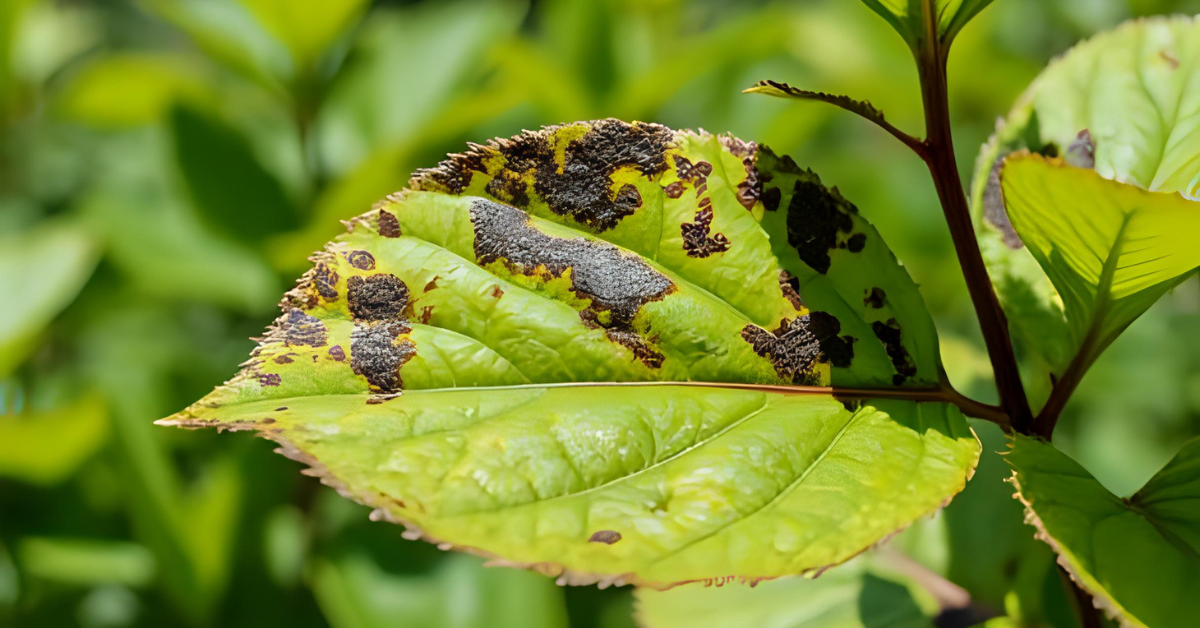
3. Mango Hopper Infestation
What it looks like:
Tiny green or brown insects that suck sap from flowers and tender shoots. The plant shows black sooty mold due to their sticky secretions, and fruiting gets severely affected.
Natural Treatment:
- Neem or Karanja Oil Spray:
Prepare a solution using neem or karanja oil and apply it once every 10 days during the flowering stage to manage pest infestations effectively. - Yellow Sticky Traps:
Place yellow adhesive traps around your mango tree to monitor and reduce the presence of harmful pests like hoppers. - Mild Soap Solution:
Mix 1 tablespoon of castile soap in 1 liter of water and spray it directly on areas showing signs of pest activity for gentle yet effective control.

4. Dieback Disease (Botryodiplodia theobromae)
What it looks like:
Drying of twig tips that spreads downward, leading to branch death. Leaves dry, curl, and fall prematurely.
Natural Treatment:
- Prune Infected Areas:
Remove affected branches well below the damaged area and disinfect your pruning tools before and after pruning to avoid spreading the disease. - Use Trichoderma Paste:
Prepare a natural paste using Trichoderma fungus mixed with cow dung, and apply it to pruned or wounded areas to protect the tree from reinfection. - Enhance Soil Quality:
Improve plant health by adding organic compost and ensuring good drainage, which helps boost the tree’s natural defenses against disease.
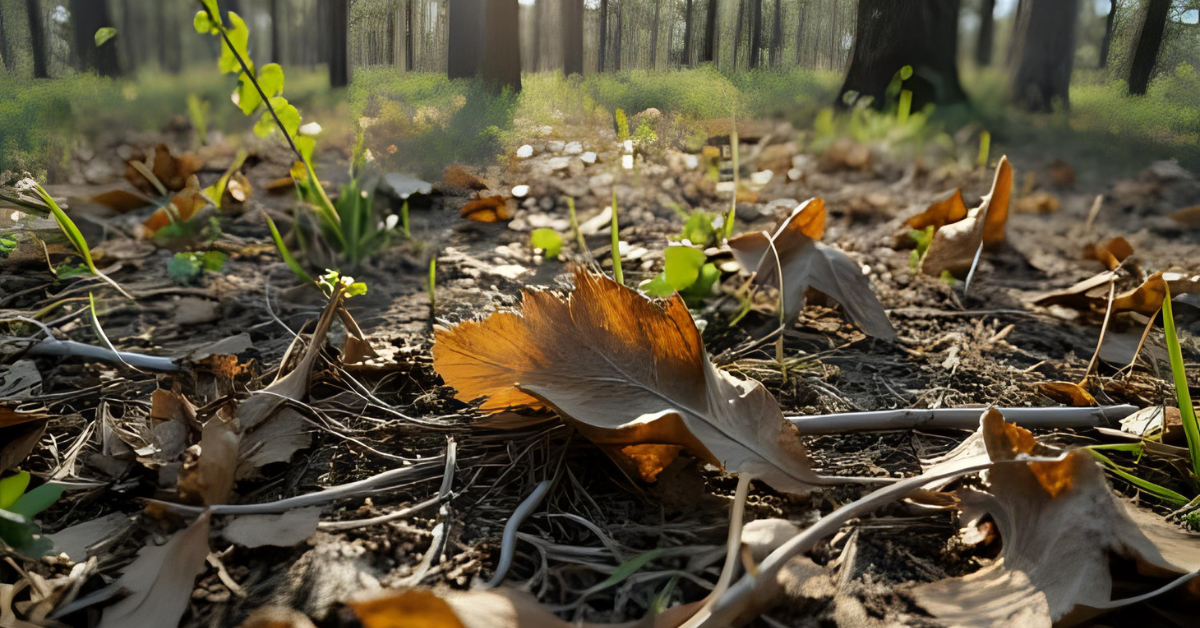
5. Mealybugs
What it looks like:
White, cottony clusters appear on leaves, branches, and around the fruit stem. These pests feed on plant sap, leading to wilting, fruit loss, and slowed growth.
Natural Treatment:
- Neem Oil Blend:
Mix neem oil with a mild liquid soap in water and apply it uniformly across the plant to deter pests naturally. - Invite Beneficial Insects:
Attract helpful bugs like ladybugs and lacewings to your garden, as they feed on mealybugs and help keep their population in check. - Cut and Remove Affected Areas:
Trim off shoots or branches with heavy infestations and discard them properly to prevent the spread of pests.
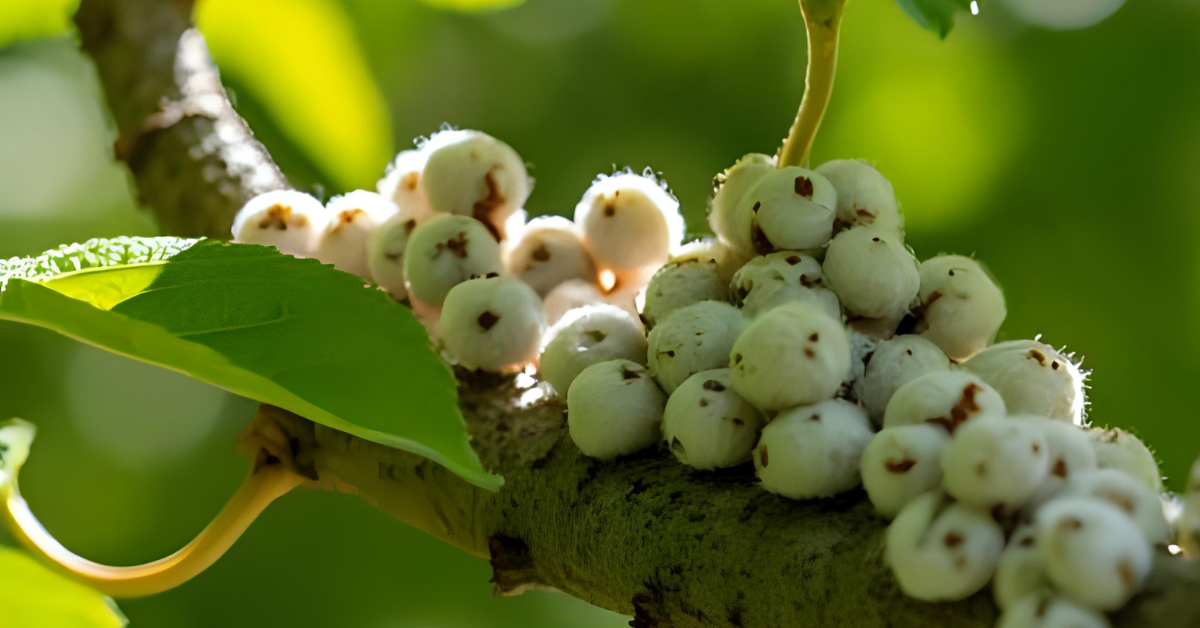
6. Black Spot / Bacterial Canker
What it looks like:
Small, water-soaked lesions on leaves or fruits that turn black and spread. Fruits may become distorted and crack.
Natural Treatment:
- Turmeric & Neem Paste:
Apply a blend of turmeric and crushed neem leaves directly onto visible canker spots. Turmeric’s natural antibacterial compounds help fight infections. - Cow Dung Foliar Spray:
Many organic growers use well-fermented cow dung mixed with water as a foliar spray to reduce bacterial activity on plant surfaces. - Prevent Physical Damage:
Be gentle while pruning or harvesting to avoid injuries, as open wounds can provide entry points for harmful bacteria.

Preventive Care Tips for Healthy Mango Plants
Regular preventive care can greatly decrease the risk of infections in your mango tree. Here’s how you can keep your tree strong and productive:
- Choose Grafted, Healthy Plants: Start with high-quality, disease-resistant grafted mango saplings from PaudheWale.com, verified for health and authenticity.
- Maintain Soil Health: Regularly add organic compost and mulch around the base to retain moisture and provide nutrients.
- Ensure Proper Spacing: Plant your mango tree in a space that gets ample sunlight and allows good air circulation.
- Water Wisely: Avoid overwatering. Mango trees prefer deep but infrequent watering, especially during flowering and fruiting seasons.
- Prune Regularly: Remove dead or diseased branches and shape your tree during the off-season to promote better growth.
- Use Natural Fertilizers: Incorporate vermicompost, cow manure, or organic bio-fertilizers to support long-term health and fruit yield.
Planning to Grow a Mango Tree?
If you're dreaming of harvesting sweet mangoes from your backyard, there's no better time to start than now.
Start strong with disease-free, grafted mango saplings from PaudheWale. We provide genuine varieties, secure shipping, and expert guidance to support your tree’s healthy growth naturally.
👉 Visit PaudheWale and bring home your perfect mango plant today!

